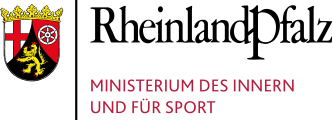Naming of Kottweiler-Schwanden
The first part of the double name of the local community Kottweiler-Schanden goes back to the word „Kotten“, also known as „Kate“ in other regions. It describes simple huts that were inhabited by the so-called Köttern, villagers with little or no land of their own. In the social hierarchy they were under the full farmers, as they either performed other manual activities for their livelihood or had to serve as day laborers on farms or manors.
Most of the time the land did not belong to them themselves, but was only left to them for cultivation by the landlord. In return, the Kötter had to pay interest in cash or in kind or help with the harvest work (manual and clamping services). The term Kötter is documented since the 14th century.
The name Schwanden goes back to arable and pasture land won by clearing the forest and is derived from the Middle High German noun „Swant“ (clearing the forest). The woodcutters commissioned with the clearing lived in these simple huts, the „Kotten“, which then gave this district its name. The agricultural character of the population and the origin of the community are expressed in the coat of arms of the local community: It represents a silver forest ax crossed for clearing
with a silver hoe on a green ground for the agricultural area obtained.



